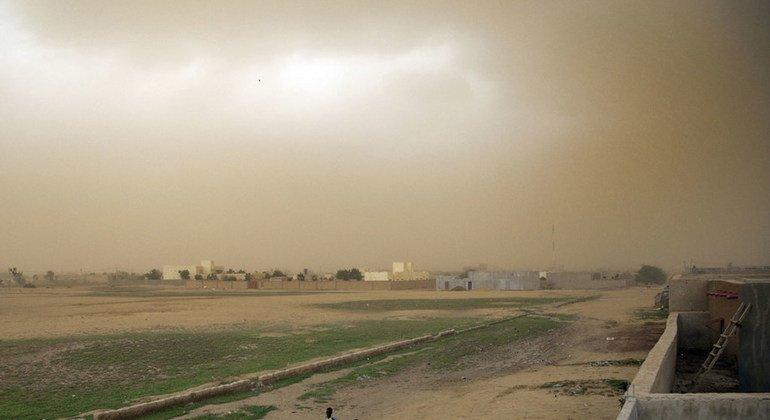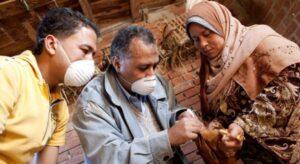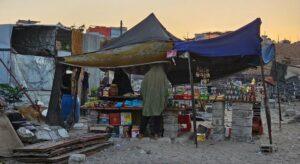That’s how much sand and dust enters the atmosphere on an annual basis, according to the World Meteorological Organization (WMO )’s annual report on storms spreading such particles across borders around the world.
The United Nations Recovery Reports warn that although the amount of dust decreased marginally in 2024, the impact on humans and economies increases.
WMO estimates it Over 330 million people in 150 countries are affected by sand and dust stormswhich leads to premature deaths and other health consequences in addition to steep financial costs.
More than just a dark sky
“Sand and dust storms do not just mean dirty windows and unclear skies. They damage millions of life’s health and quality of life of people and costs many millions of dollars, ”said Celeste Saulo, the Secretary General of WMO.
While the movement of sand and dust is a natural weather process, increased soil degradation and water management over the past few decades worsened the occurrence and the geographical spread.
Dust and sand particles – 80 percent of them come from North Africa and the Middle East – can be transported thousands of miles across borders and oceans.
“What begins in a storm in the Sahara can darken the sky in Europe. What is being lifted in Central Asia can change air quality in China. The atmosphere does not recognize boundaries“Sara Basart, WMO Scientific Officer, said by a briefing in Geneva.
And that is exactly what happened in 2024. Dust and sand from the western Sahara traveled all the way to Spain’s Canary Islands. And hard wind and drought in Mongolia brought dust to Beijing and northern China.
Fast growing challenge
“These extreme weather events are not local deviations. Sand and dust storms are quickly becoming one of the most overlooked but far-reaching global challenges in our time“Said a senior official on Thursday morning, talking on behalf of Philémon Yang, president of the general meeting.
The storms can hide sunlight and change ecosystems on land and in the sea. In addition to environmental impacts, these weather deposits have a deep impact on people and their economies.
“When considered seasonal or located, sand and dust storms have escalated to a sustained and intensified global danger,” said Rola Dashti, co-chair of the UN Coalition on combating sand and dust storms.
Between 2018-2022, over 3.8 billion people were exposed to dust particles, with the worst affected regions that experienced dust exposure 87 percent of the time in the same period.
These particles aggravate heart -vessel diseases and have other negative health effects, leading to 7 million premature deaths each year, especially among already vulnerable populations.
Mr. Yang referred to this as the “dizzying human toll”: From an economic perspective, storms can lead to a 20 percent reduction in crop production among rural areas and push them against hunger and poverty.
In the Middle East and North Africa alone, financial losses drew in 2024 as a result of sand and dust storms 2.5 percent of regional GDP.
Can’t go it alone
WMO calls on the international community to invest more in early warning systems and data sores.
“No country no matter how prepared can meet this challenge alone. Sand and dust storms are a cross-border threat that requires coordinated, multisector and multilateral action, ”said Mrs. Dashti.
With 2025-2034, the decade declared on the fight against sand and dust storms, Mr. Yang that this should prove a turning point. He urged Member States to move from consciousness to action – and fragmentation to coordination.



